Explore Fuling - China Travel, Asia
Nestled in the southeastern part of Chongqing, China, Fuling is a charming district that offers a blend of historical richness and vibrant culture. Known for its picturesque landscapes and warm hospitality, Fuling is an ideal destination for travelers seeking an authentic Chinese experience. Whether you’re exploring ancient sites, savoring local delicacies, or engaging with friendly locals, Fuling promises an enriching journey.
Population: Approximately 1.1 million in 2020.
Economy: Fuling's economy focuses mostly on agriculture, manufacturing, and tourism, with a focus on pickled vegetables and local crafts contributing significantly to its growth.
Landmarks: Famous for the Wulong Karst—A UNESCO World Heritage site, Fuling Confucius Temple, and Fuling Ancient City Wall.
China
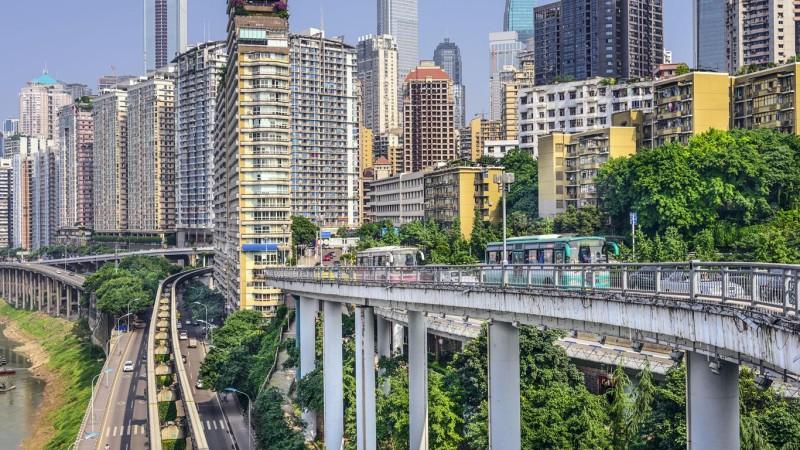
Overview of Fuling
History & Cultural Influence
Fuling's history stretches back over 2,000 years, making it a district steeped in tradition and historical significance. Originally known as the ancient Ba Kingdom, Fuling has played a pivotal role in China’s cultural and economic development. Its strategic location along the Yangtze River has made it a crucial trade hub throughout history. The district's historical legacy is reflected in its architecture and cultural practices. Ancient temples and historic buildings stand as testaments to Fuling's rich past, while traditional festivals and local customs showcase its deep-rooted heritage.
Interaction with the Locals
Fuling, a vibrant district in Chongqing, China, has a population of approximately 1.1 million residents. The surrounding area is renowned for its rich cultural heritage and kind hospitality. The district's population is diverse, with a mix of Han Chinese and various ethnic minorities contributing to its unique cultural tapestry. Fuling's citizens are engaged in a range of activities, from agriculture and industry to tourism and education, reflecting the district's dynamic and growing economy.
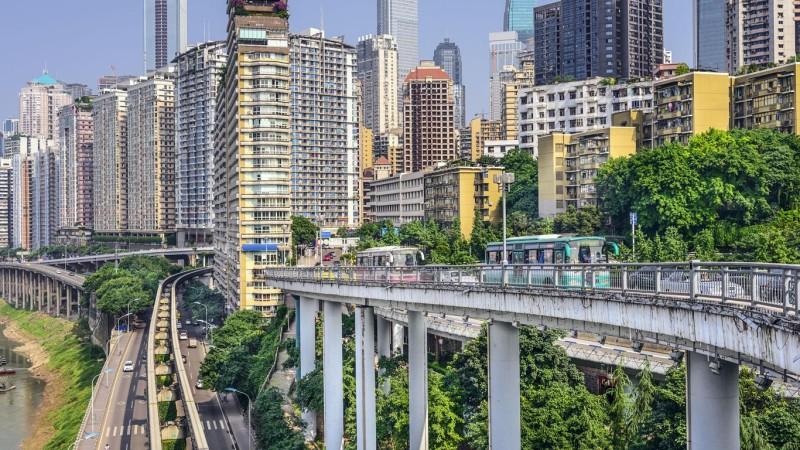
Fuling, Chongqing - © iStock
Top Attractions in Fuling
Fuling boasts a variety of attractions that cater to diverse interests. There is something for everyone, regardless of your interests—food, environment, or history. Each of these attractions highlights a different facet of the region’s rich heritage and natural beauty, making them essential stops on any Fuling travel itinerary.
Wulong Karst
A UNESCO World Heritage site, the Wulong Karst is one of the most remarkable natural landscapes in China. This site is renowned for its awe-inspiring limestone formations, including the iconic Three Natural Bridges, which are the world’s largest natural bridges. The area also features the mesmerizing Furong Cave, a massive underground cavern adorned with stunning stalactites, stalagmites, and crystal-clear pools.
Fuling Confucius Temple
Steeped in history, the Fuling Confucius Temple is a well-preserved site that offers a deep dive into Confucian philosophy and traditional Chinese architecture. Built during the Qing Dynasty, the temple features intricate carvings, ornate woodwork, and serene courtyards that reflect the principles of harmony and balance central to Confucian thought.
Fuling Ancient City Wall
The Fuling Ancient City Wall is a remnant of the district’s strategic importance during the Tang Dynasty, offering a fascinating glimpse into its military history. Although only sections of the wall remain, these remnants stand as a testament to the district’s historical significance as a defensive stronghold. Walking along the wall, visitors can imagine the bustling life of the ancient city and the soldiers who once guarded its gates.
Fuling Museum
The Fuling Museum is a treasure trove of the district’s rich history and cultural heritage. The museum houses an extensive collection of artifacts, including ancient ceramics, bronze items, and traditional folk art that spans thousands of years. Exhibits are thoughtfully curated to provide insight into Fuling’s past, from its early days as a strategic military outpost to its cultural evolution over the centuries.
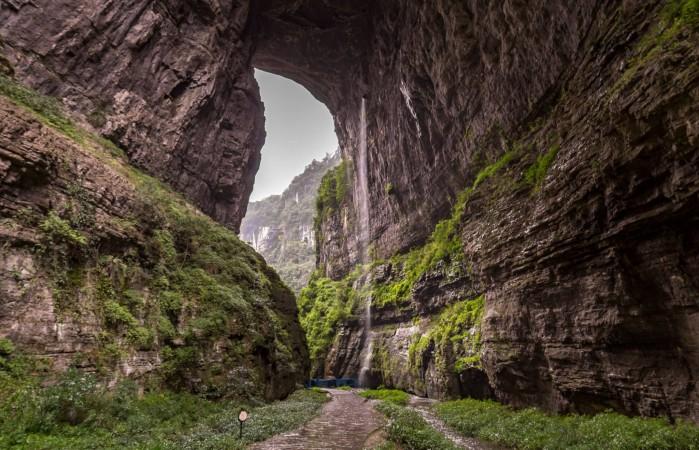
Wulong Karst - © China Tourism
Must-Try Dishes in Fuling
Fuling is a culinary treasure trove, offering a variety of mouth-watering dishes that reflect its rich cultural heritage. These dishes offer a glimpse into Fuling’s culinary traditions, highlighting its use of bold flavors and fresh ingredients.
- Fuling Pickled Mustard Greens: Fuling is renowned for its pickled mustard greens, known for their distinctive tangy and savory flavor. This dish is often enjoyed as a side or incorporated into various recipes.
- Sichuan Hotpot: A beloved regional specialty, Sichuan hotpot features a bubbling pot of spicy, aromatic broth in which diners cook a variety of ingredients like meats, vegetables, and tofu. The bold flavors and customizable heat level make it a favorite among locals and visitors alike.
- Spicy Tofu Skin Salad: Tofu skin is marinated and tossed with a spicy, tangy sauce, along with fresh vegetables. This dish is a refreshing yet flavorful option, combining the soft texture of tofu skin with vibrant spices and herbs.
- Bean Curd Sticks: These are deep-fried tofu sticks that are crunchy on the outside and soft on the inside. They are often served with dipping sauces or incorporated into soups and stir-fries.
- Sichuan-style Fish: This dish features fish cooked in a spicy, tangy sauce made with Sichuan peppercorns, chili oil, and garlic. The result is a dish with a complex flavor profile that balances heat and acidity.
- Sweet Osmanthus Jelly: A popular dessert made from sweet osmanthus flowers and gelatin. It has a delicate floral flavor and a pleasing, wobbly texture, often enjoyed as a light and refreshing end to a meal.

Sweet Osmanthus Jelly - © Daily Cooking Quest
Festivals & Local Celebrations
Fuling’s vibrant culture is showcased through its lively festivals and local celebrations. These festivals provide a unique opportunity to experience Fuling’s rich cultural traditions and vibrant community life. Each event offers a chance to engage with local customs, taste traditional foods, and participate in lively celebrations.
Fuling Pickled Mustard Greens Festival
Celebrated annually, this festival pays homage to Fuling’s famous pickled mustard greens, known for their unique tangy flavor. The event features a variety of activities, including cooking demonstrations, tasting sessions, and cultural performances. Local artisans display their crafts, and visitors can purchase pickled vegetables and other traditional foods. The festival typically takes place in late summer or early autumn, attracting both locals and tourists eager to explore Fuling's culinary heritage.
Chongqing International Music Festival
Held in Fuling, this festival is a prominent cultural event that features a diverse lineup of musical performances. It brings together musicians from around the world, showcasing genres ranging from classical to contemporary. The festival includes outdoor concerts, orchestral performances, and folk music. It usually occurs in the spring or early summer, offering a vibrant atmosphere and a chance for visitors to enjoy high-quality music in a picturesque setting.
Spring Lantern Festival
Celebrated on the 15th day of the Lunar New Year, this festival marks the end of the New Year celebrations. The streets of Fuling are illuminated with colorful lanterns of various shapes and sizes, creating a magical ambiance. Traditional performances, such as lion dances and folk music, add to the festive atmosphere. Visitors can enjoy special foods like tangyuan (sweet rice balls) and participate in lantern riddles and games. The festival is a joyous occasion that highlights the district’s cultural traditions and community spirit.
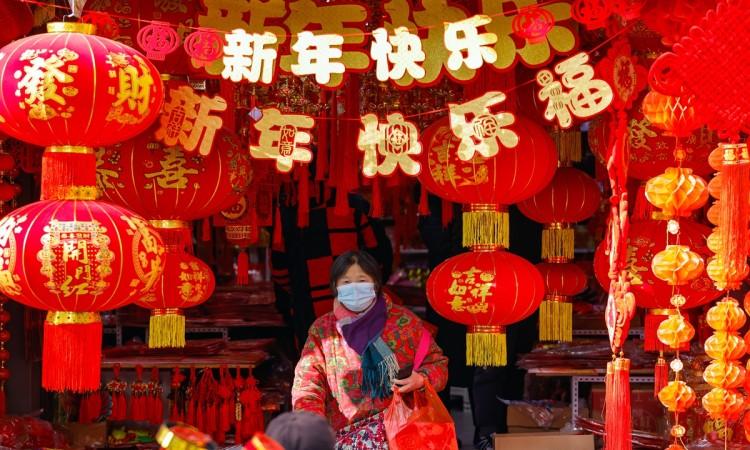
Spring Lantern Festival - © Global Times
What to Do in Fuling
Fuling offers a range of activities that cater to different interests, making it an exciting destination for travelers. These activities provide a mix of adventure, relaxation, and cultural immersion, ensuring a memorable visit to Fuling.
- Explore Wulong Karst: Explore the Wulong Karst formations, which include Furong Cave and the Three Natural Bridges. Savor the amazing vistas, hiking, and photographic opportunities offered by this magnificent natural wonder.
- Cruising Yangtze River: Experience the scenic beauty of the Yangtze River with a relaxing cruise. This activity provides stunning views of the river’s landscapes and a chance to see local life along the riverbanks.
- Visit Local Markets: Wander through Fuling’s bustling markets to discover local crafts, souvenirs, and traditional foods. Markets like the Fuling Pedestrian Street offer a vibrant shopping experience.
- Hands-on Cultural Workshops: Participate in workshops that showcase traditional crafts, such as pottery or calligraphy. Engaging in these activities offers practical experiences and an understanding of regional creative customs.
- Hiking Gongzhu Mountain: Enjoy a hike through the Gongzhu Mountain Scenic Area, which offers lush forests, ancient temples, and panoramic views of the surrounding landscape.
Shopping in Fuling
Exploring these shopping destinations will give you a comprehensive view of Fuling’s retail landscape, offering everything from local delicacies to handcrafted treasures.
- Fuling Pedestrian Street: Lined with shops and boutiques, it’s a great place to find everything from trendy fashion and accessories to electronics and souvenirs. The street is always bustling with activity, making it an exciting place to stroll and shop.
- Fuling Old Street Market: This traditional market is known for its wide array of regional specialties, including pickled vegetables, dried snacks, and handcrafted goods. It’s the perfect place to pick up authentic local products and experience the vibrant atmosphere of a traditional Chinese market.
- Handicraft Shops: These stores offer handmade textiles, pottery, and traditional Chinese arts, from intricate embroidery or beautiful ceramic pieces, these handicraft shops provide a range of unique and meaningful souvenirs.
- Tea Shops: Fuling is known for its high-quality teas, and visiting local tea shops is a must for tea enthusiasts. From fragrant green and black teas to rare and specialty blends, sampling different varieties and purchasing tea to take home is a popular activity among visitors.
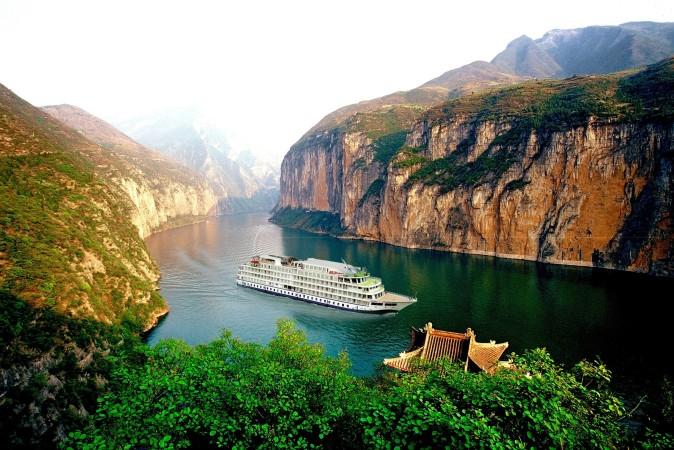
Cruising Yangtze River - © China Tourism
Weather in Fuling: Best Time to Visit
Fuling experiences a subtropical monsoon climate, characterized by distinct seasons that influence the best times to visit. To get the most out of your trip, plan your visit to Fuling by being aware of its weather trends.
- Spring in Fuling: Spring is mild and pleasant, with temperatures ranging from 15°C to 25°C (59°F to 77°F). It’s an ideal time for outdoor activities and sightseeing, as the weather is generally comfortable and the landscape is lush and green.
- Summer in Fuling: Summers are hot and humid, with temperatures often exceeding 30°C (86°F). This period also sees frequent rainfall, so it’s advisable to prepare for sudden showers. Despite the heat, summer is a vibrant time to experience local festivals and enjoy seasonal fruits.
- Autumn in Fuling: Autumn offers cooler temperatures and reduced humidity, ranging from 15°C to 25°C (59°F to 77°F). It’s considered one of the best times to visit Fuling, as the weather is comfortable and conducive to exploring outdoor attractions.
- Winter in Fuling: While it can be cooler and occasionally foggy, winters in Fuling are rather pleasant, with temperatures ranging from 5°C to 15°C (41°F to 59°F). Winter is an excellent time for people who like less crowds because it's a calmer season.
Culture Etiquette in Fuling
When visiting Fuling, adhering to local customs and etiquette will enhance your experience and foster positive interactions with residents. Following these cultural guidelines will help you navigate social interactions smoothly and show respect for Fuling’s traditions.
- Greetings: It is great if you can say a greeting in Mandarin. When meeting locals, a handshake is common, though it’s typically lighter than Western handshakes.
- Respect for Traditions: Show respect for local traditions and customs, especially when visiting temples or historical sites. This includes removing your shoes before entering sacred spaces and being mindful of dress codes.
- Dining Etiquette: When dining, wait for the host to start the meal. It’s customary to use chopsticks properly and avoid sticking them upright in rice, as this resembles funeral rites. Sharing dishes is common, so be prepared to try a variety of foods.
- Photography: Always ask for permission before taking photographs of people, especially in rural areas or religious sites. While photographing landscapes and public places is generally acceptable, respect any signage indicating restrictions.
- Tipping: Tipping is not customary in the Fulfillment industry, and invoices usually contain service costs. But it's appreciated when you round up the bill or leave a little change for really good service.
- Public Displays of Affection: Public displays of affection, such as hugging or kissing, are less common in Fuling and may attract attention. It is advisable to keep gestures of affection private and respectful of local norms.
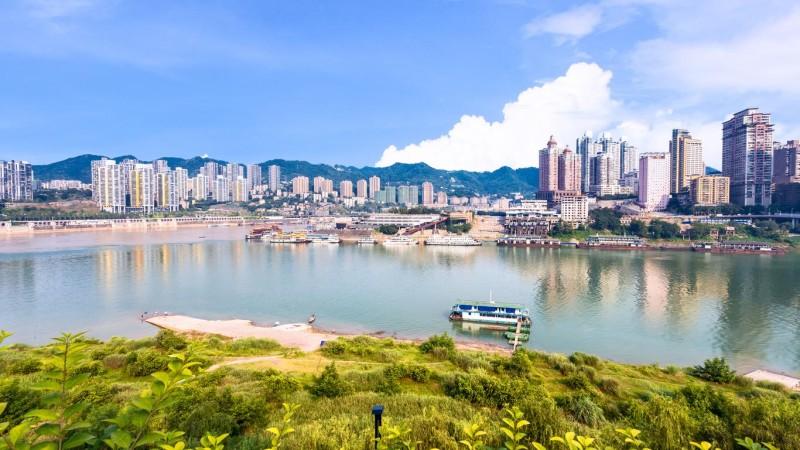
Fuling on a sunny day - © China Tourism
Essential Travel Information
Getting Around Fuling
Navigating Fuling is straightforward, thanks to its well-developed transportation network. With these transportation options, navigating Fuling and exploring its surroundings is easy and convenient.
- Public Buses: Fuling has an extensive public bus system that covers most areas of the district and nearby areas. Buses are an affordable and convenient option for getting around, though they can be crowded during peak hours.
- Taxis: Taxis are readily available and are a convenient way to travel short distances or reach specific destinations. Make sure to use official taxis and ensure the driver uses the meter to avoid overcharging.
- Bicycles and Electric Scooters: For a more leisurely mode of transport, consider renting bicycles or electric scooters. Many rental services are available, allowing you to explore the destination at your own pace.
- Private Car Rentals: If you prefer a more personalized experience, you can rent a private car with a driver. This option is ideal for those planning to visit attractions outside the district or requiring a flexible itinerary.
ATM & Banking Services
Accessing financial services in Fuling is straightforward, with numerous ATMs available across the district, including in banks, shopping centers, and tourist areas. Most ATMs accept international credit and debit cards, though it’s wise to carry some cash for smaller purchases. Banking services in Fuling cover currency exchange, money transfers, and account management, with many banks offering assistance in English. While credit and debit cards are widely accepted at hotels, restaurants, and shops, some smaller vendors and markets may prefer cash, making it beneficial to have local currency on hand.
Where to Stay in Fuling
Fuling offers a variety of accommodation options to suit all preferences and budgets. For a luxurious stay, high-end hotels provide elegant rooms, fine dining, and personalized services. Mid-range hotels offer comfort and good value with clean, modern rooms and convenient amenities. Those seeking a more home-like experience can opt for vacation rentals or serviced apartments, which are perfect for families or groups and come with extra space and amenities like kitchens and living areas. This diverse range of options ensures that every traveler can find the ideal place to stay in Fuling.
Articles for you
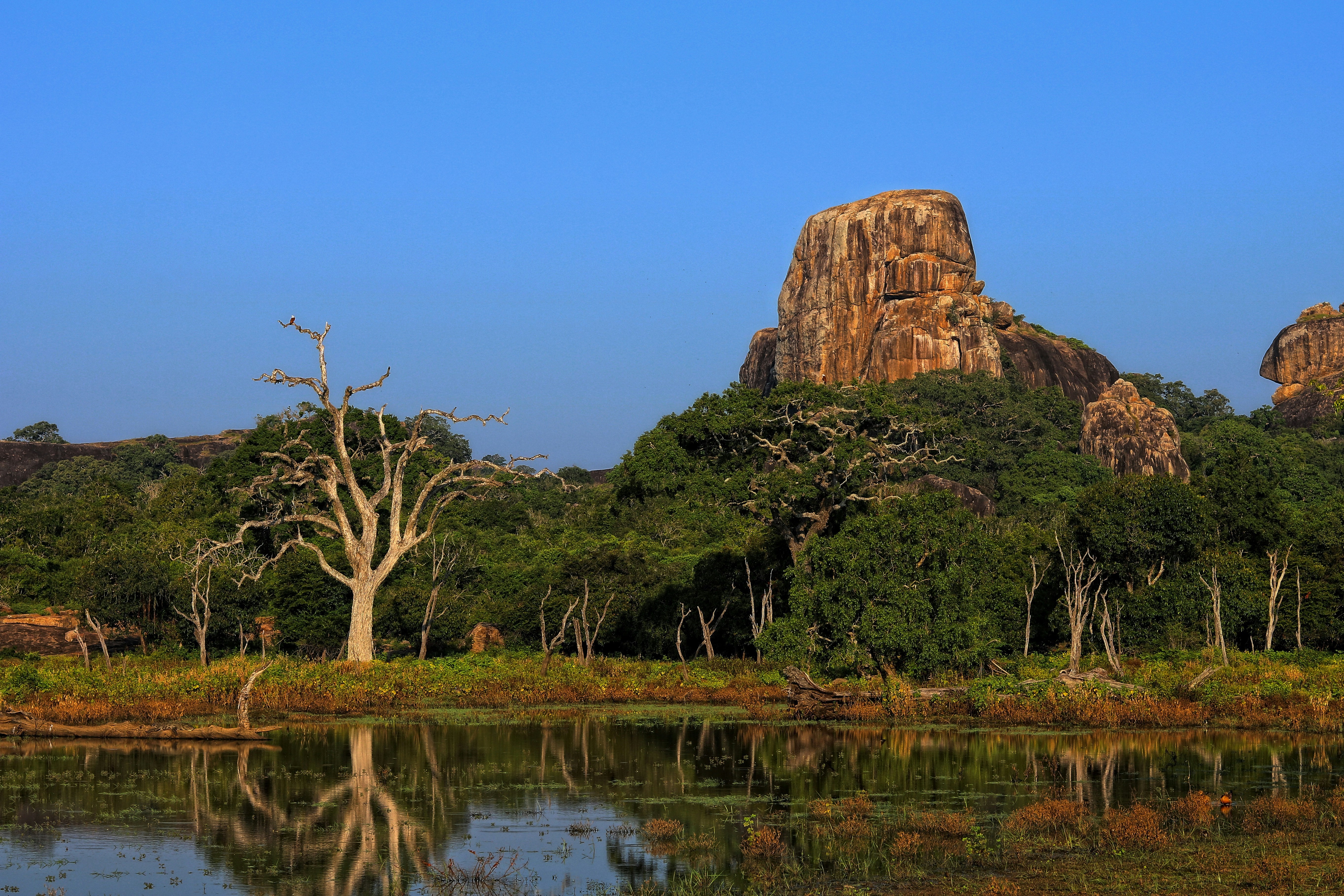
Explore Yala National Park - Sri Lanka Travel, Asia
Tucked away in Sri Lanka’s southeastern corner, Yala National Park is where wild nature meets deep tradition. Known worldwide for its leopard population, the park is also home to elephants, sloth bears, crocodiles, and hundreds of bird species. Beyond wildlife, Yala opens doors to a cultural landscape dotted with ancient temples, Buddhist ruins, and coastal villages. For travelers seeking more than just a safari, Yala offers a chance to explore eco-tourism, local communities, and sacred heritage sites.
Population: The Yala National Park area doesn’t have a human population.
Economy: The economy around Yala National Park thrives on a blend of eco-tourism, agriculture, and local services. Safari tours, eco-lodges, and cultural experiences drive steady income for nearby towns like Tissamaharama and Kataragama, supporting thousands of families.
Landmarks: Famous for Block I of Yala and wildlife encounters, including elephants, sloth bears, crocodiles, and exotic bird species.
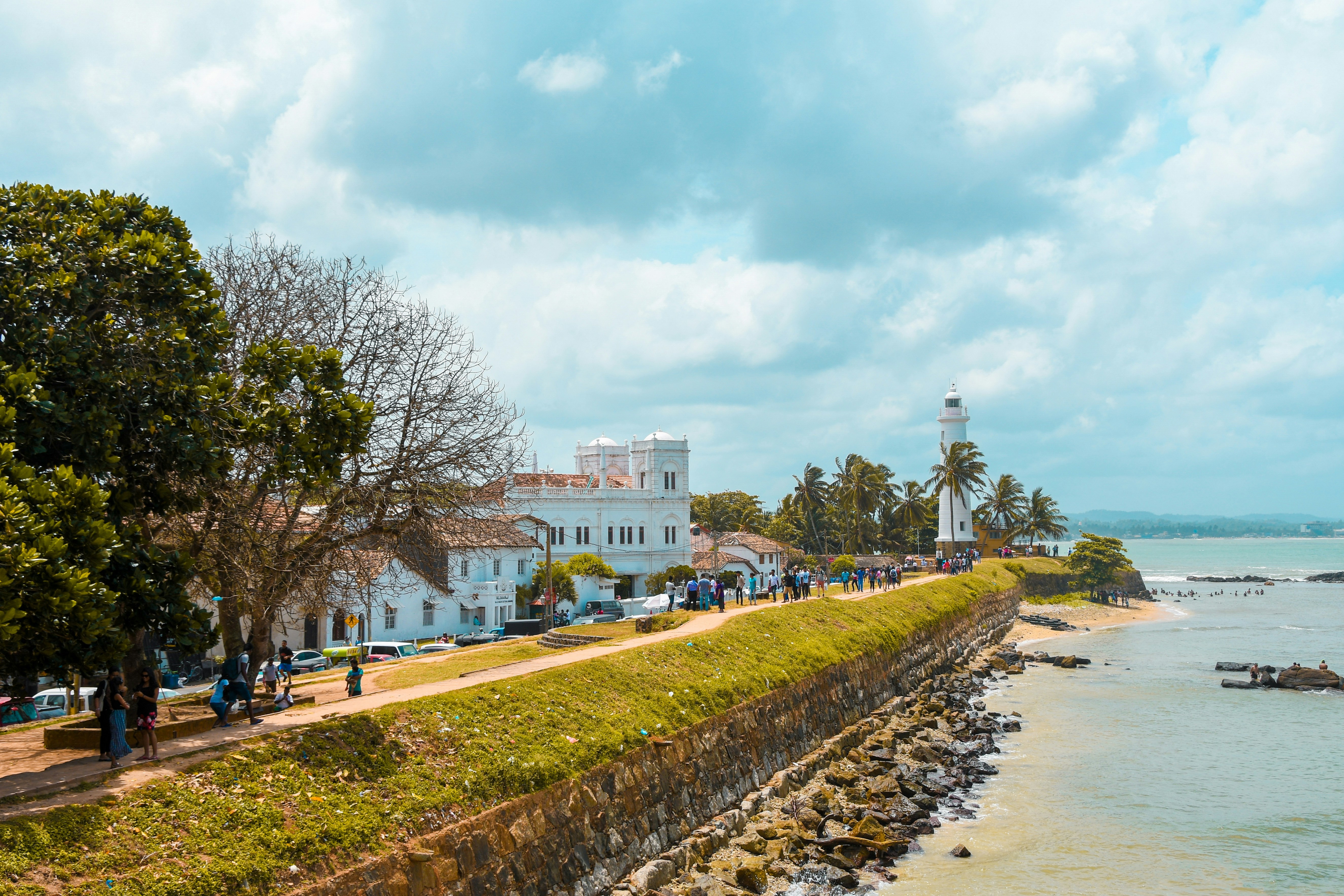
Explore Galle - Sri Lanka Travel, Asia
Nestled on Sri Lanka’s southern coastline, Galle is a vibrant city where history meets the sea. Its cobbled streets, colonial architecture, and serene beaches make it a must-visit destination for travelers seeking a blend of culture, adventure, and relaxation. A UNESCO World Heritage site, Galle captivates visitors with its Dutch Fort, bustling markets, and friendly locals. Whether you’re exploring the ramparts at sunset or savoring fresh seafood by the shore, Galle promises an unforgettable journey into Sri Lanka’s heritage.
Population: Approximately 113,000 in 2023.
Economy: Galle’s economy thrives on tourism, trade, and fisheries. The city’s historic fort, colonial architecture, and coastal charm draw thousands of international visitors each year, making tourism its main economic driver. Fishing remains vital for local livelihoods, supplying fresh seafood across the region.
Landmarks: Famous for the Galle Fort, Dutch Reformed Church & Maritime Museum, and Unawatuna Beach.
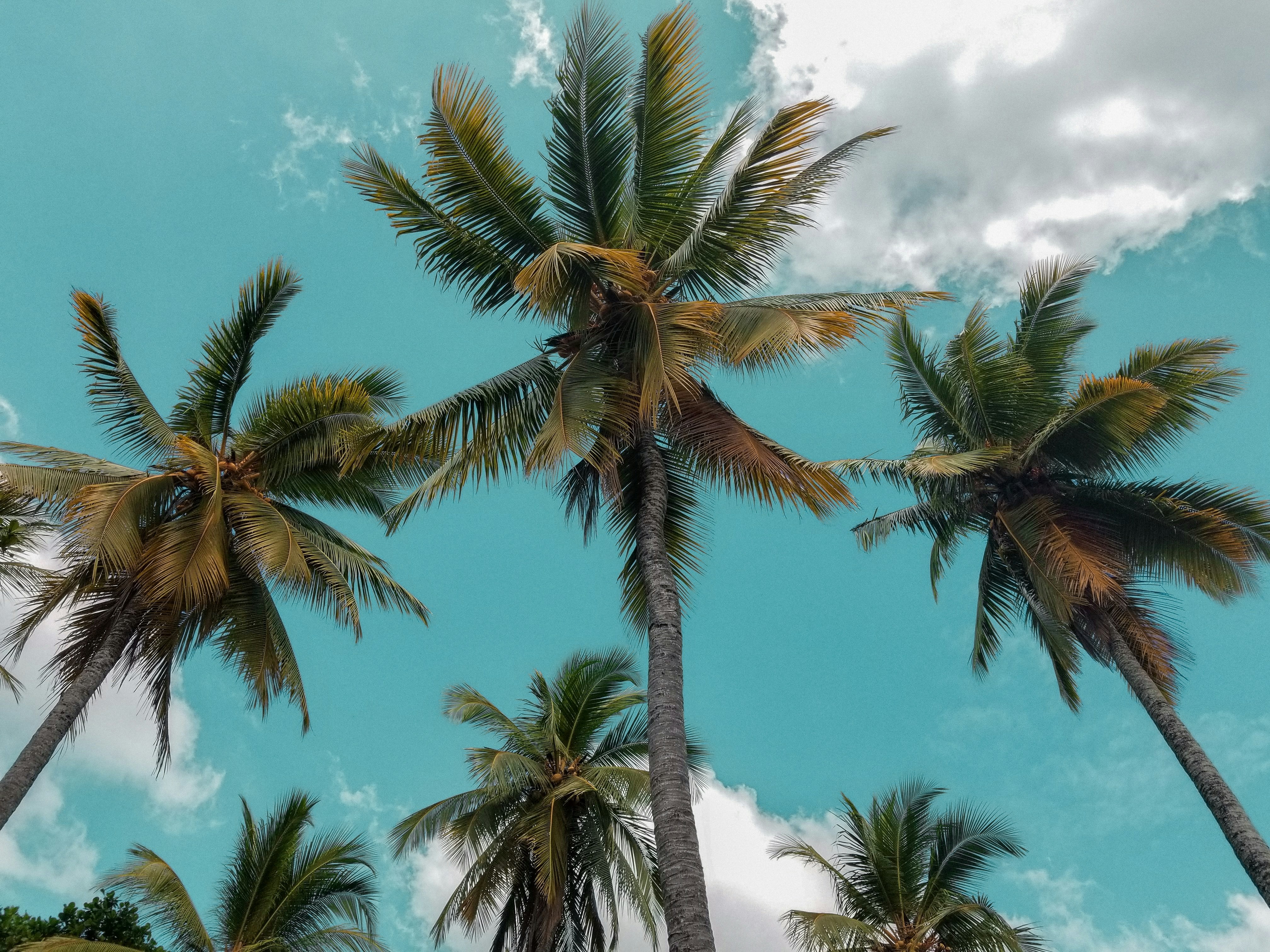
Explore Bentota - Sri Lanka Travel, Asia
Nestled along Sri Lanka’s southwestern coast, Bentota is a tropical paradise that blends golden beaches, vibrant culture, and thrilling adventures. Famous for its calm waters, luxury resorts, and scenic river estuary, Bentota has become a top destination for travelers seeking both relaxation and authentic experiences. From serene beach walks at sunrise to adrenaline-pumping water sports, this coastal town offers a perfect balance of leisure and exploration. With its proximity to Colombo and Galle, Bentota is easy to reach, making it an ideal stop for both short escapes and extended holidays.
Population: Approximately 37,000 in 2023.
Economy: Bentota’s economy thrives mainly on tourism, which drives local businesses such as hotels, restaurants, and wellness retreats. The town also benefits from fishing, coconut cultivation, and handicrafts like wood carving and batik textiles. Many residents rely on the growing demand for water sports and Ayurvedic treatments, making tourism the backbone of both income and employment in the area.
Landmarks: Famous for Bentota Beach, Bentota River Safari, and Kande Vihara Temple.
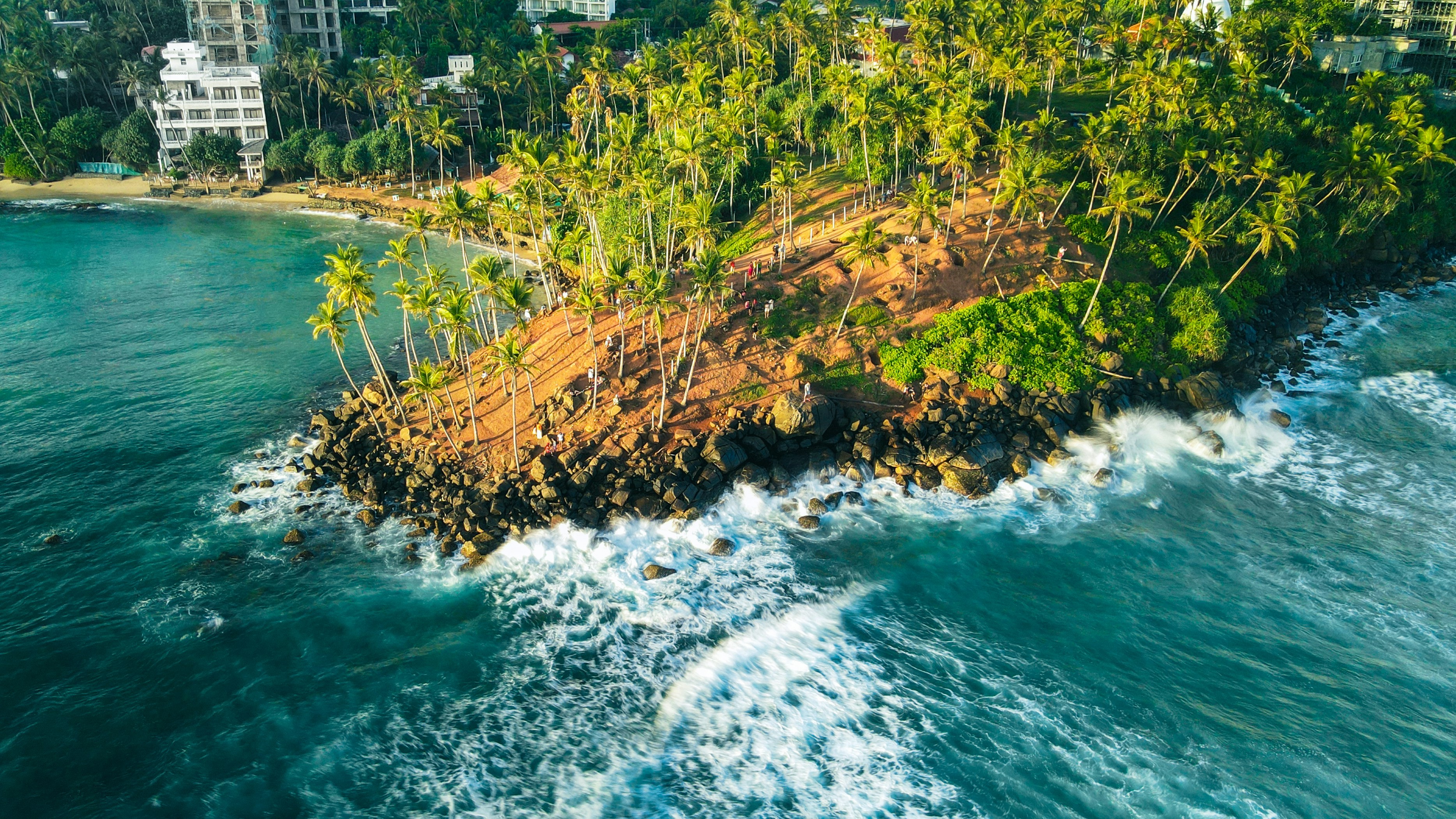
Explore Mirissa - Sri Lanka Travel, Asia
Mirissa is a charming coastal town on Sri Lanka’s southern shoreline. Known for its golden beaches, turquoise waters, and vibrant marine life, it has become a must-visit stop for travelers exploring the island. Many come for whale watching, surfing, and sunset views at Coconut Tree Hill, but Mirissa offers much more than postcard beauty. The fishing boats you see anchored by the bay carry generations of stories. Local traditions, delicious cuisine, and a laid-back rhythm of life shape every visitor’s experience.
Population: Approximately 4,700 in 2023.
Economy: Mirissa’s economy is largely shaped by its coastal location. Fishing has long been the backbone of local livelihoods, with generations relying on the Indian Ocean for income. In recent decades, tourism has become the main driver of growth, thanks to whale watching, surfing, and beachside hospitality.
Landmarks: Famous for Mirissa Beach, Coconut Tree Hill, and Parrot Rock Bridge.
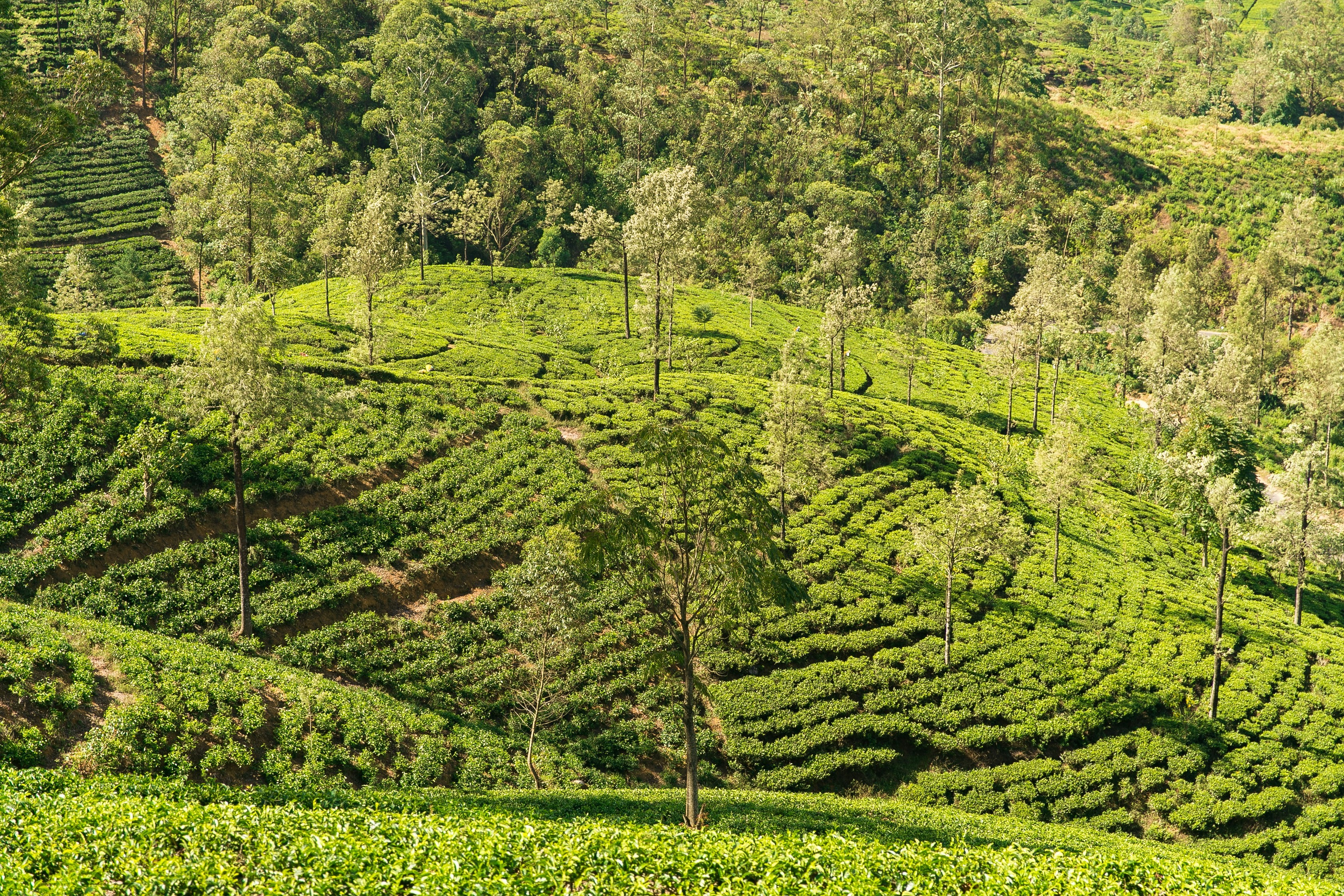
Explore Nuwara Eliya - Sri Lanka Travel, Asia
Tucked away in the Central Highlands of Sri Lanka, Nuwara Eliya is often called “Little England”. With its rolling tea plantations, cool misty mornings, and colonial charm, this mountain town feels like a step into another world. Travelers come here to breathe fresh air, walk through flower gardens, sip the finest Ceylon Tea, and enjoy a pace of life far from the island’s busy cities. Whether you’re drawn by scenic landscapes, heritage architecture, or the warmth of its people, Nuwara Eliya is a destination that blends nature, culture, and history in perfect harmony.
Population: Approximately 781,000 in 2023.
Economy: Nuwara Eliya’s economy thrives mainly on tea production, as it sits in the heart of Sri Lanka’s central highlands, famous worldwide for Ceylon Tea. The city also benefits from a growing tourism industry, attracting visitors with its colonial charm, cool climate, and scenic landscapes.
Landmarks: Famous for Gregory Lake, Hakgala Botanical Garden, and Victoria Park.
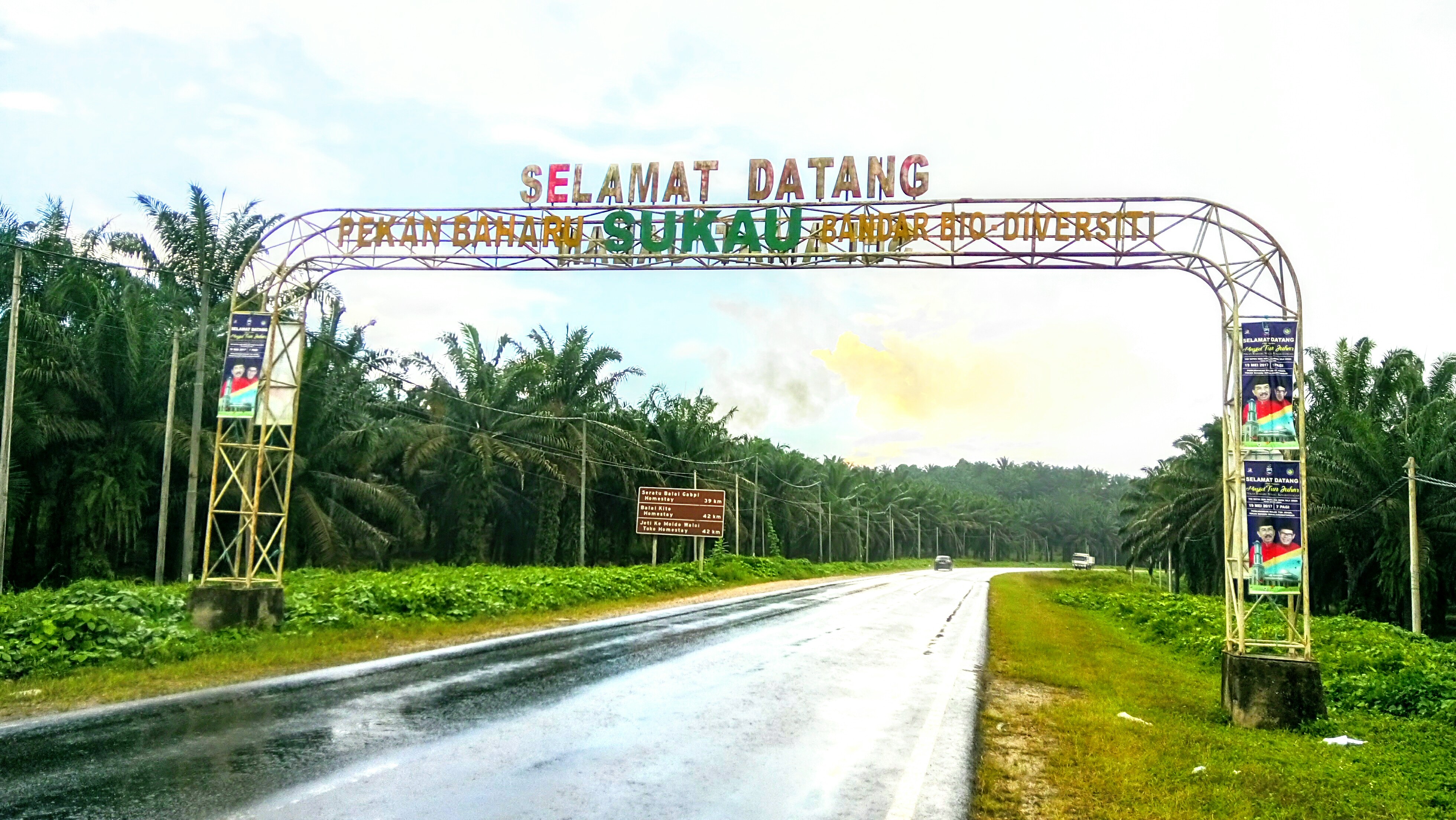
Explore Sukau - Malaysia Travel, Asia
Nestled on the banks of the Kinabatangan River in Sabah, Malaysian Borneo, Sukau is a destination where wildlife, culture, and conservation come together. Known as one of Asia’s top spots for river safaris and eco-tourism, this quiet village offers a front-row seat to encounters with Bornean orangutans, pygmy elephants, proboscis monkeys, and exotic birdlife.
Population: Approximately 1,400 in 2019.
Economy: Sukau’s economy is shaped by its riverine location and natural resources. Traditionally, the Orang Sungai community relied on fishing, small-scale farming, and forest gathering for their livelihood. Today, the village has shifted toward eco-tourism, with river cruises, jungle trekking, and homestays providing income.
Landmarks: Famous for the Kinabatangan River cruises, Gomantong Caves, and Ox-bow lakes and wetlands.
